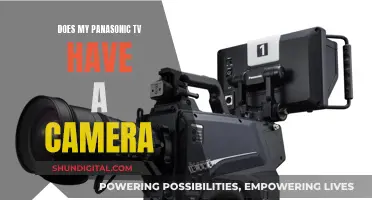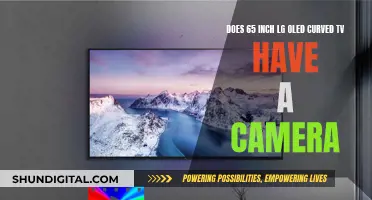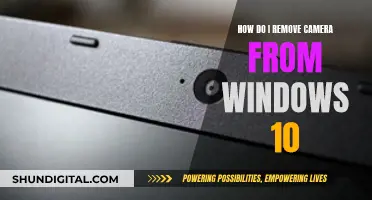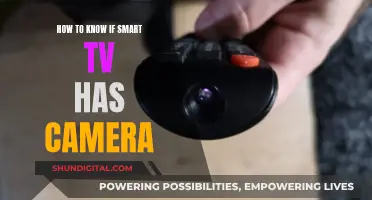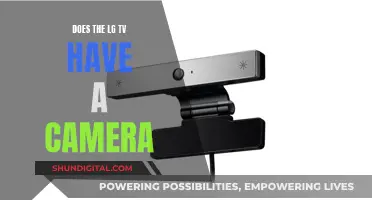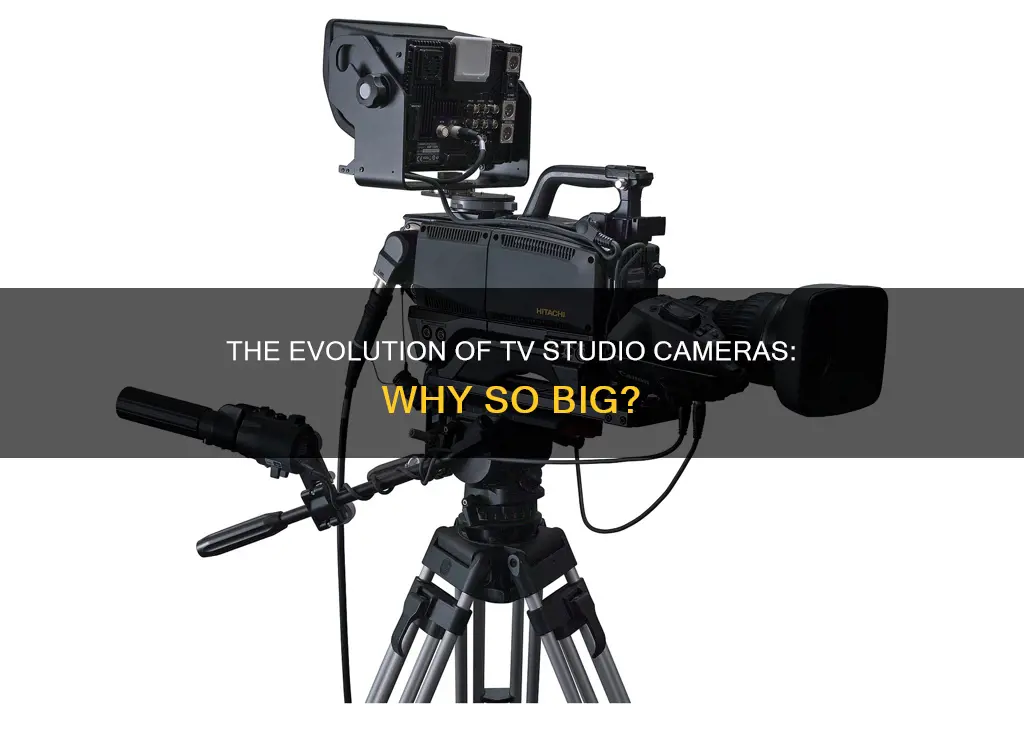
Television studio cameras are large due to a variety of factors, including the need for high-quality sensors and optics, additional circuitry for video signal manipulation, and the requirement for sturdy and durable equipment that can withstand constant field use. The size of the camera lens also contributes significantly to the overall size, as larger lenses allow for more light to be captured, resulting in better picture quality. Moreover, television studio cameras often have sophisticated signal synchronization and timing features, enabling seamless integration with sound devices and other cameras. The camera's ability to remain rock-steady for extended periods and its compatibility with various accessories, such as teleprompters and queue lights, further justify their bulkiness. Additionally, the cost of shooting on film or tape was previously a significant factor in the choice of larger cameras for TV studios, as it was significantly more expensive than shooting on reusable tapes or digital formats.
What You'll Learn
- The lens: studio cameras have large lenses to capture great shots from a distance
- Viewfinder: studio cameras have large viewfinders, which are small TVs, unlike DSLRs
- Extra features: studio cameras have additional features for live broadcasts, such as remote colour correction
- Teleprompters: some large units have integrated teleprompters and queue lights
- Durability: studio cameras are built to last and withstand the demands of constant field use

The lens: studio cameras have large lenses to capture great shots from a distance
Studio cameras have large lenses to capture great shots from a distance. The lens is a crucial component of any camera setup, and its size plays a significant role in determining the overall image quality. Larger lenses allow more light to enter the camera, resulting in better picture quality. This is especially important in television studios or live broadcast settings, where lighting conditions may vary and the camera needs to adapt to different environments.
The large lenses on studio cameras also enable high zoom capabilities, allowing cameras to be positioned farther away from the subject while still capturing clear and detailed images. This is often necessary in sports broadcasting or large events, where the camera needs to capture the action from a distance without interfering with the ongoing activity.
Additionally, the size of the lens accommodates the various components required for optimal image capture. These components include multiple sensors, such as CCD or CMOS sensors, which capture the image through the lens. The lens size also allows for features like image stabilisation, autofocus, and advanced optical zoom capabilities.
The lens of a studio camera is designed to work in tandem with other components, such as the camera body and image processing systems, to deliver the best possible image quality. While modern technology has miniaturised many camera components, the fundamental physics of optics still dictate that larger lenses capture more light and provide superior image quality, especially in low-light conditions or when high zoom is required.
Moreover, the size of the lens also contributes to the overall durability and stability of the camera. Studio cameras are often mounted on pedestals or tripods, and the weight and sturdiness of the lens help to stabilise the entire setup, reducing vibrations and ensuring smoother footage. The lens also needs to be large enough to accommodate features like image stabilisation, which helps to counteract any residual camera shake, ensuring that the final footage is steady and free of unwanted movement.
Hisense Smart TV Camera Location Explained
You may want to see also

Viewfinder: studio cameras have large viewfinders, which are small TVs, unlike DSLRs
Studio cameras have large viewfinders, which are essentially small TVs, unlike the small eye-piece viewfinders or 3-inch screens on DSLRs. The large viewfinders are a key feature of studio cameras, which are used in live TV setups.
The large viewfinders are just one of the reasons why TV studio cameras are so big. The lens is another factor—the camera needs a huge lens to capture a great shot from a distance. For instance, at a sporting event, the cameras are often far away from the field but can still get a clear, close-up shot.
Studio cameras also have extra features to facilitate live broadcasting. In a live TV setup, there is no opportunity for post-production editing, so the camera needs features like remote colour correction to ensure the colours are consistent across multiple cameras.
Additionally, some large studio cameras have integrated teleprompters and queue lights, which contribute to their overall size.
Finally, some studio cameras are simply old gear. Studios invest in high-quality equipment and expect to use it for many years. Some older cameras are bulkier simply because, at the time of their manufacture, smaller technology wasn't available.
Understanding Camera Settings: TV or Shutter Speed Priority
You may want to see also

Extra features: studio cameras have additional features for live broadcasts, such as remote colour correction
Studio cameras have additional features for live broadcasts, such as remote colour correction. These features are essential for a smooth and efficient broadcast.
In a live TV studio, a multi-camera setup is required, and each camera needs extra features to pull off the broadcast without a hitch. In a pre-recorded video, you have the luxury of correcting colours in post-production, but in a live setup, this isn't possible. To avoid dropped frames while switching between cameras and to ensure constant colour across multiple cameras, studio cameras have features like Genlock and remote colour correction.
Studio cameras also have larger batteries to keep all these features running. They also have sturdy mounts that can handle heavy prime lenses.
The distinction between professional video cameras and movie cameras has narrowed over the years, as HD digital video cameras with sensors the same size as 35mm movie cameras were introduced in the late 2010s. Nowadays, HDTV cameras designed for broadcast television, news, sports, events and other works such as reality TV are termed as professional video cameras.
Stream Your Eufy Camera on TV: Easy Guide
You may want to see also

Teleprompters: some large units have integrated teleprompters and queue lights
Teleprompters are a crucial component of television studio cameras, enabling the seamless delivery of news and other live broadcasts. These devices display a script or set of notes that the presenter can read while maintaining eye contact with the camera, creating an engaging and professional presentation. Some large camera units feature integrated teleprompters, contributing to their overall size. This integration ensures a sleek and efficient setup, enhancing the production value of the broadcast.
The inclusion of teleprompters in television studio cameras offers several advantages. Firstly, it streamlines the production process by providing a seamless flow of information to the presenter, eliminating the need for physical cue cards or separate teleprompter devices. This integration also ensures that the presenter's eye line is directly at the camera, maintaining a natural and engaging connection with the audience.
Additionally, queue lights integrated into the teleprompters help synchronize the presenter's delivery with the camera's operation. These lights provide visual cues, indicating when the camera is live or about to cut to a different shot, allowing the presenter to time their delivery accordingly. This synchronization ensures a polished and well-coordinated broadcast, enhancing the overall viewer experience.
The integration of teleprompters and queue lights within large camera units showcases the intricate design and functionality of television studio equipment. By combining multiple components into a single unit, manufacturers create a more compact and efficient system, optimizing the broadcast environment. This integration also reduces potential distractions and simplifies the setup process, allowing production crews to focus on delivering high-quality content.
In summary, the inclusion of integrated teleprompters and queue lights in some large television studio cameras enhances the overall production value. By providing a seamless flow of information and visual cues, presenters can deliver their content confidently and engagingly. This integration also simplifies the production process, ensuring a well-coordinated and visually appealing broadcast.
Vizio Smart TV Camera Hole Location Explained
You may want to see also

Durability: studio cameras are built to last and withstand the demands of constant field use
Studio cameras are built to last and withstand the demands of constant field use. They are designed to be durable and robust, able to withstand the rigours of daily use in busy, often chaotic, environments. Studio cameras are a significant investment, and news or media organisations will expect to get many years of service from them.
The durability of studio cameras is a key factor in their design. They need to be able to withstand the knocks and bumps of regular use, often in challenging conditions. Studio cameras are built with sturdy, robust materials that can take the strain of constant use. Their size also contributes to their durability—a larger camera can accommodate more robust components and a thicker, stronger chassis.
Studio cameras are also designed with ease of use and operator comfort in mind. Their size and weight help to counterbalance the weight of the lens, making them more comfortable to use for extended periods. The weight of a studio camera is distributed in a way that makes it easier to handle and reduces the strain on the operator.
The size of studio cameras also allows for improved heat management. The larger surface area and internal volume provide more opportunities for heat dissipation, which is crucial for the sensitive electronics inside the camera. Effective heat management helps to ensure the camera can operate for longer periods without overheating.
In addition, the larger size of studio cameras provides space for additional features and functionalities. These may include advanced image processing capabilities, remote control interfaces, and a range of input and output connections for audio, video, and power. The size of the camera allows for a more versatile and feature-rich device.
Studio cameras are purpose-built for professional use and are designed to withstand the demands of constant field deployment. Their durability, ease of use, and range of features make them a reliable choice for media organisations. While their size may be imposing, it is a result of the camera's robust construction and the need to accommodate advanced functionalities.
Creative Ways to Reuse Old LG TV Cameras
You may want to see also
Frequently asked questions
TV studio cameras are large because they contain high-quality sensors and optics, as well as additional circuitry for tweaking and stabilising the video signal. They also feature professional audio inputs, large sensors for improved low-light performance and shallow depth of field, and sturdy mounts for heavy lenses.
Larger lenses let in more light, leading to a better picture, and are required for high-zoom shots.
In addition to the camera, a separate videotape recorder was traditionally required for filming. Nowadays, an external recorder may be used to capture video at higher bitrates and framerates than the camera is capable of.
TV studio cameras are often bulky due to the need for durable, easy-to-repair, and ergonomic designs, as well as the inclusion of integrated teleprompters and queue lights.


